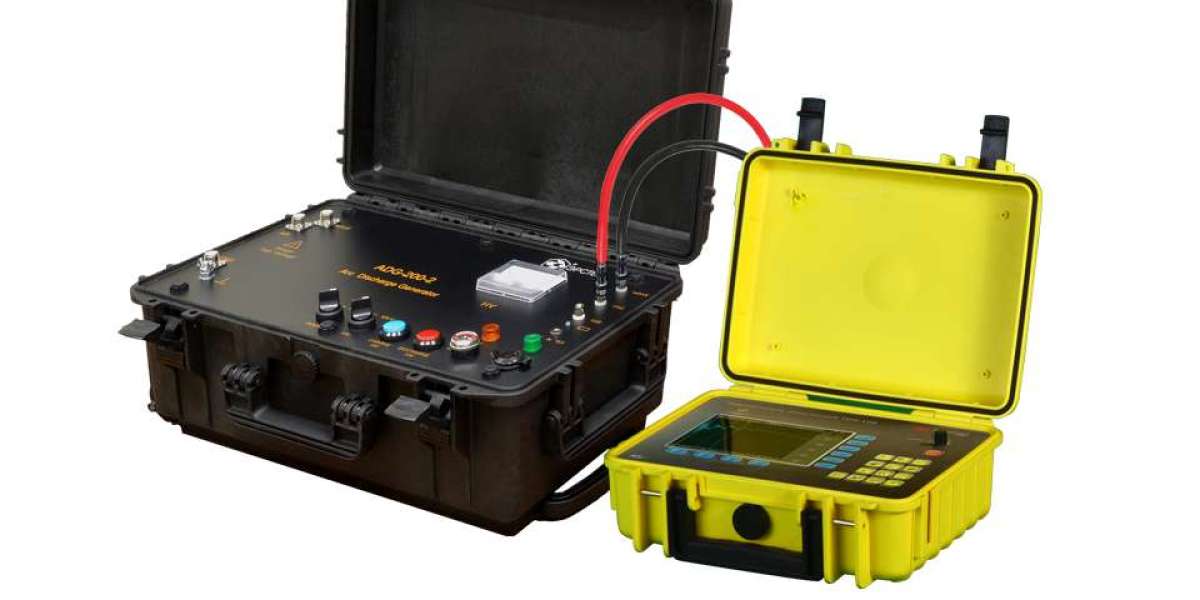The cable fault locator market challenges play a significant role in shaping the growth trajectory of this critical segment within the broader utility and infrastructure maintenance industries. Cable fault locators are indispensable tools for identifying faults in underground or concealed cables used in power distribution, telecommunications, and other essential services. As infrastructure networks become more complex and underground cabling increases, the need for reliable fault detection has never been higher. However, multiple challenges stand in the way of rapid adoption and market expansion.
This article explores the primary challenges facing the cable fault locator market, including technological limitations, cost concerns, skill shortages, environmental hurdles, and market dynamics.
Technical Limitations and Accuracy Issues
One of the foremost challenges in the cable fault locator market is ensuring high accuracy and reliability in fault detection under diverse conditions. Cable fault locators use several techniques such as time domain reflectometry (TDR), bridge methods, and surge pulse testing, each with strengths and limitations.
Complex Cable Networks: Modern infrastructure often involves densely packed underground cables, mixed cable types (copper, fiber optic, coaxial), and overlapping networks. Distinguishing faults accurately in such complex scenarios is difficult and can lead to false readings or incomplete diagnostics.
Signal Interference: External electromagnetic interference and cable shielding affect the fault locator’s signal clarity, reducing the precision of fault location.
Limitations in Depth and Range: Some fault locators struggle to identify faults in deeply buried cables or long cable runs, limiting their effectiveness in extensive network coverage areas.
Improving the robustness of detection methods and overcoming technical constraints remains an ongoing challenge for manufacturers and users alike.
High Cost and Investment Barriers
Another critical challenge is the relatively high cost of advanced cable fault locating equipment. Devices that incorporate digital technology, AI-based data analysis, and multi-method fault detection command premium prices.
Budget Constraints: Utilities, contractors, and service providers, especially in developing markets or smaller operations, may find the investment prohibitive.
Maintenance and Upgrade Costs: Beyond initial purchase, regular maintenance, software updates, and calibration add to the total cost of ownership, discouraging some potential buyers.
Return on Investment (ROI) Concerns: For organizations with infrequent faults or limited cable infrastructure, the perceived ROI on sophisticated fault locators is low, resulting in preference for manual or less expensive solutions.
Addressing affordability without compromising functionality is a vital challenge for market growth.
Shortage of Skilled Workforce and Training Needs
Operating advanced cable fault locators requires specialized knowledge and technical expertise, presenting a significant human resource challenge.
Skill Gap: There is a shortage of trained technicians proficient in interpreting fault locator data and handling complex equipment, particularly in emerging markets.
Training Infrastructure: Establishing effective training programs and ongoing skill development is costly and logistically difficult for many companies.
Risk of Misuse: Improper use of fault locators due to insufficient training can result in misdiagnosis, increased downtime, and unnecessary repairs.
Bridging the skill gap and expanding accessible training remain key hurdles for widespread adoption.
Environmental and Site-Specific Constraints
Cable fault locators are often used in challenging field environments that impose operational limitations:
Harsh Weather and Terrain: Extreme temperatures, moisture, dust, and uneven terrain can affect equipment durability and accuracy.
Urban Congestion: In densely populated areas, underground cables are interlaced with other utilities, complicating fault location and increasing risk during excavation.
Cable Diversity: Varied cable materials and insulation types across different applications require adaptable detection methods, yet not all devices offer universal compatibility.
Such environmental factors require specialized equipment designs and field strategies, complicating deployment.
Market Fragmentation and Lack of Standardization
The cable fault locator market is characterized by numerous small manufacturers and regional players offering a wide range of products with varying quality and capabilities.
Fragmented Market: This fragmentation leads to inconsistent product performance and lack of widely accepted industry standards, creating buyer uncertainty.
Interoperability Issues: Compatibility between different devices and existing infrastructure systems is often limited, impeding seamless integration.
Slow Regulatory Progress: Delays in regulatory frameworks and standardization efforts restrict the establishment of uniform guidelines for fault detection.
Market consolidation and standardization initiatives are needed to overcome these challenges.
Competition from Alternative Technologies and Methods
Though cable fault locators provide precise diagnostics, alternative methods continue to pose challenges:
Manual Inspection and Visual Techniques: Some organizations rely on traditional, low-cost methods despite inefficiencies, due to budget or awareness constraints.
Basic Electrical Testing: Simpler testers are more accessible and require less training, appealing to smaller operators.
Emerging Diagnostic Technologies: New approaches, such as drone-based inspections or advanced sensors, may eventually compete with or complement traditional fault locators.
Balancing innovation while demonstrating clear advantages over alternatives remains a challenge for market players.
Conclusion
The cable fault locator market challenges are multifaceted, spanning technological, financial, human resource, environmental, and competitive dimensions. While demand for reliable fault detection grows alongside infrastructure complexity, these challenges slow widespread adoption and market penetration.
Manufacturers and service providers must prioritize innovations that enhance accuracy, reduce costs, and simplify operation. Investing in workforce training, environmental resilience, and industry standardization is equally critical. By effectively addressing these challenges, the cable fault locator market can realize its full potential in supporting the maintenance and reliability of vital utility and communication networks worldwide.








